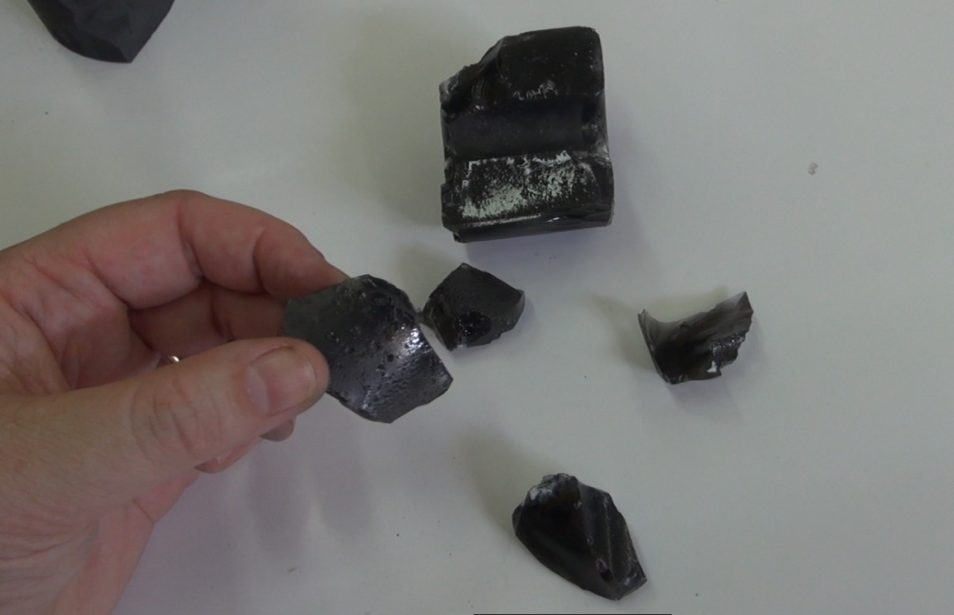
The PyroPhos smelting process is based on our award-winning SiroSmelt innovation
Phosphorus is essential for all living things. Most often used in phosphate form, it is a key building block of DNA and essential for metabolism in producing energy to live. For us, it’s a critical component of our teeth and bone. Our cells need it for healthy growth and to repair damage.
Plants too need phosphate to grow and thrive. It is a key component of plant fertiliser and so plays a critical role in intensive agriculture and food production. As the world population grows, so too does the need the fertilizer.
Fertiliser to feed the world
Most of the phosphate used to supply the fertiliser industry comes from processing phosphate-bearing rock. The most common extraction technique involves reacting crushed rock with acid. This ‘wet acid’ process produces phosphate (in the form of phosphoric acid) and a vast amount of a harmful waste product called phosphogypsum, which contains heavy metal contaminants and even radioactivity.
Piling up the problem
Phosphogypsum is a big problem. For every one tonne of phosphate obtained, up to five tonnes of phosphogypsum is produced. That adds up to three billon tonnes of phosphogypsum stockpiled annually. Understandably, phosphogypsum waste is a huge environmental headache.
A hot, hot, hot solution
We’ve invented a new smelting process for phosphate rock which eliminates phosphogypsum waste and creates a valuable by-product which can be used in construction. Called PyroPhos – from ‘pyro’ meaning heat and ‘phos’ for phosphate – the process uses a smelting reaction at super-high temperatures to produce phosphate and a ‘glassy slag’ by-product. The glassy slag – think glass-like gravel – can then be used as a rocky aggregate in road surface construction and in Portland cement, producing a valuable product instead of waste.
Considering many of the regions with large natural deposits of phosphate tend to be in sandy areas, the production of a rocky aggregate becomes a further advantageous coincidence.

The PyroPhos process produces a non-toxic glassy gravel (slag) waste product which can be used in road base or Portland cement, adding even more value to this phosphate production method.
Australian company entering a global market.
We have licenced our PyroPhos technology to a new Australian company, PyroPhos Pty Ltd, which plans to take it to the global market.
Current estimates value the global phosphate market at AUD$73 billion (US$52 billion). The opportunity for a new process that reduces problematic waste and costs is now available as an attractive alternative to the industry standard.
A further advantage for phosphate processors and engineers is that PyroPhos can handle phosphate ores which are chemically unsuitable for acid treatment. Not only that, the process can also accommodate lower grade ores previously considered uneconomical. Add in the value of the slag by-product and the process becomes even more cost effective.
Contact PryoPhos Pty. Ltd. via markm@pyrophos.com.au for more information on how you can access this technology.


9th March 2019 at 9:52 pm
How much energy does it take to process the ore and produce phosphate using PyroPhos technology and how does this compare to the traditional method?
8th March 2019 at 9:35 am
I am a chemistry teacher. Can you tell me the chemistry of how the phosphate is liberated from the rock and captured for use please?
8th March 2019 at 12:11 pm
Hi Greg,
The phosphorus in ores, such as apatite (Ca5(PO4)3X), is reduced using carbon at high temperature to elemental phosphorus (P2), which is a gas and so separates from the molten slag. Elemental phosphorus is then oxidised in air (i.e.oxygen) to P2O5 which can then be converted to high grade acid.
Cheers,
Kashmi
CSIRO Social Media Team
23rd February 2019 at 8:47 am
In addition to extracting phosphorus from fresh ore, could this process be used to clean up the stockpiles of phosphogypsum?